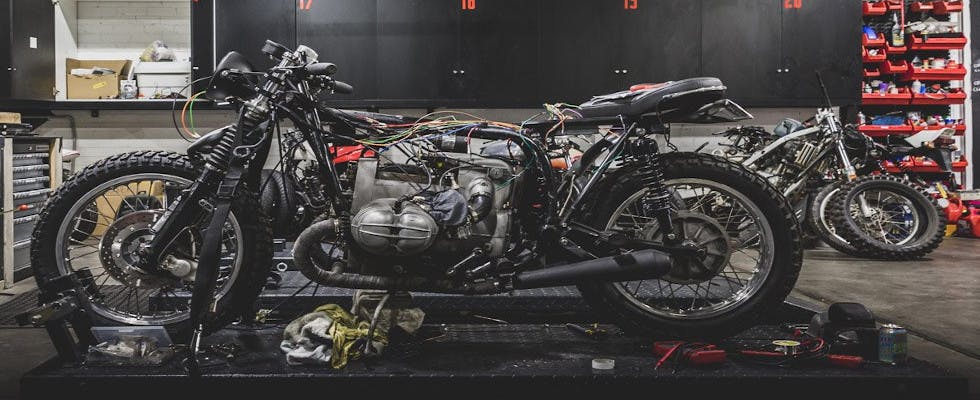
Motor Cycle Garage
In 2008 the government of Kenya passed a legislation that zero-rated motorized vehicles with a capacity less than 1500cc. Since then the motor-cycle became ubiquitous in urban centres all over the country. With the influx of motorcycles popularly referred to as 'boda-boda', skilled workmen who know how to repair them are in demand. As a result the TVET-CDACC formally recognized this training under the CBET curriculum.
This course aims to equip the student with practical skills on how to repair, maintain and upgrade the engine, wind shields, exhaust, guards, hand controls and various other parts of a motorcycle.
(Apply Now!)To qualify for admission to this programme, candidates must meet any of the following minimum requirements:
By the end of this course Students will be able to:
Motorcycle-mechanic
(Apply Now!)The following are various financing options available for the program.
KES 50,000 to 60,000/= depending on Food & Accommodation (Payable in Monthly Installments)
(Apply Now!)Let us simplify the application process for you. Simply click the apply now button below, fill the form and we shall take care of the rest.